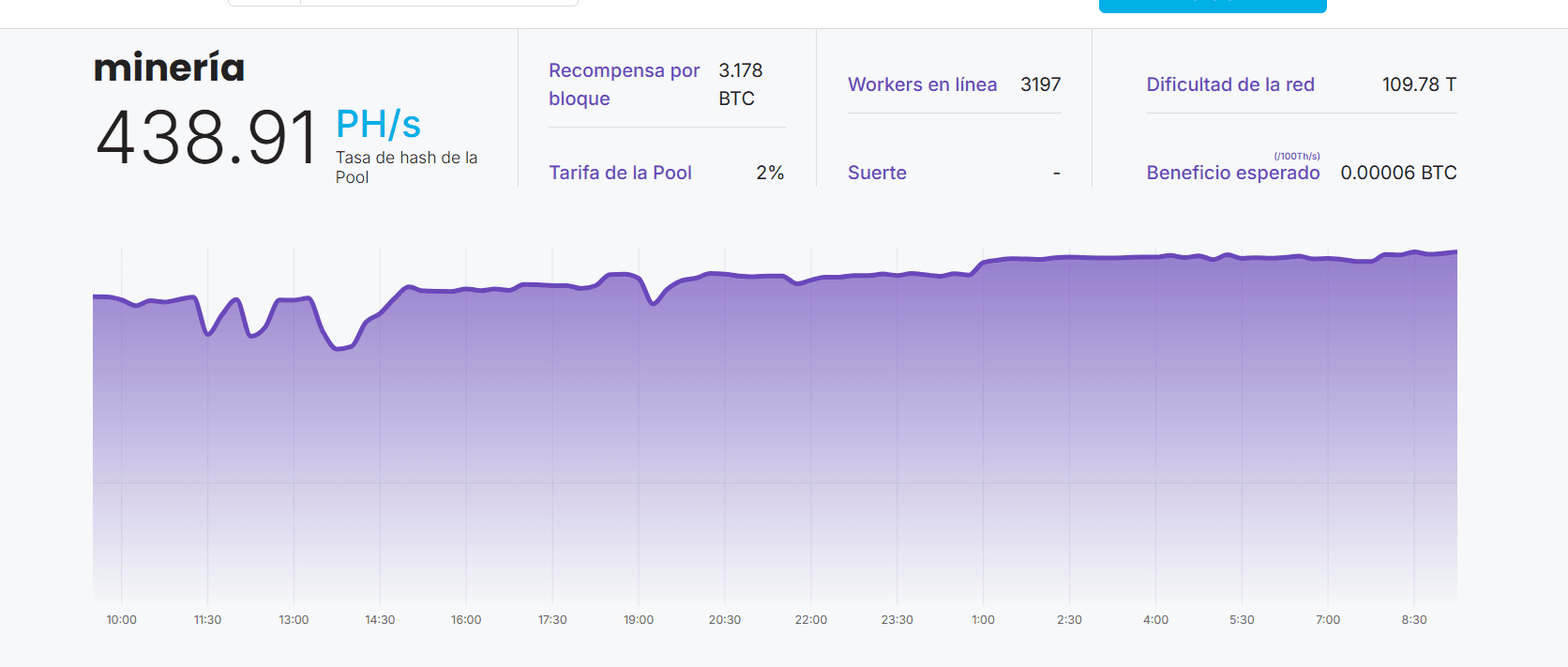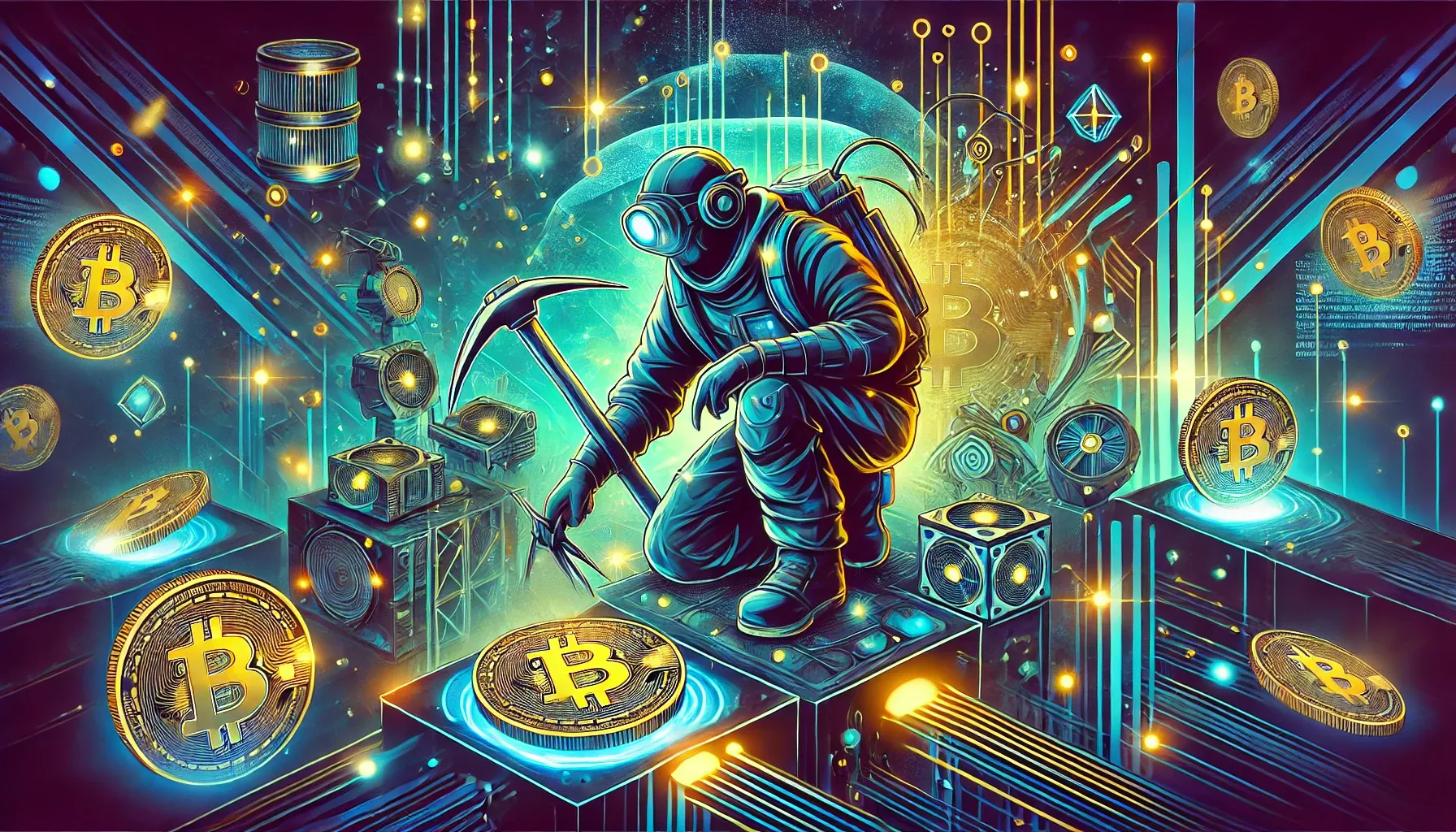Have you ever wondered how Bitcoin is mined? Perhaps you've heard about people making money through mining, but you don't know where to start. In this article, we'll walk you through everything you need to know about how to mine Bitcoin, from the basics to more advanced strategies. So, if you're ready to discover how you can become a Bitcoin miner, keep reading!
What is Bitcoin Mining?
The Basics of Mining
Bitcoin mining is the process by which transactions are validated and recorded on the Bitcoin blockchain. In simple terms, miners use powerful computers to solve complex mathematical problems. By doing this, they secure the network and, as a reward, receive new bitcoins.
Why is it Important?
Mining not only generates new bitcoins but also helps maintain the network's security and decentralization. Without miners, transactions couldn't be verified, which would jeopardize the integrity of the system.
How Does Bitcoin Mining Work?
Blockchain
The blockchain is like a public ledger where all Bitcoin transactions are recorded. Each block in the chain contains a group of transactions and a code that links it to the previous block.
The Mining Process
1. Transactions: When transactions occur, they are grouped into a block.
2. Problem Solving: Miners compete to solve a complex mathematical problem that requires processing power.
3. Validation: The first miner to solve the problem validates the block and adds it to the blockchain.
4. Reward: As a reward, the miner receives new bitcoins and transaction fees.
What Do You Need to Start Mining Bitcoin?
1. Mining Hardware
To mine Bitcoin, you need specialized hardware. There are different options:
- ASIC Miners: These are devices specifically designed for Bitcoin mining. They are very efficient and much more powerful than regular computers.
- GPU Mining: Although less profitable than ASIC, some people still use graphics cards to mine.
2. Mining Software
Once you have the hardware, you'll need mining software. There are several options, such as:
- CGMiner: One of the most popular and versatile programs.
- BFGMiner: Similar to CGMiner but designed for ASIC devices.
3. Bitcoin Wallet
You’ll need a place to store your bitcoins. You can choose between:
- Online Wallets: Easy to use but less secure.
- Hardware Wallets: Physical devices that store your bitcoins securely.
4. Choosing a Mining Pool
A mining pool is a group of miners who work together to increase their chances of earning rewards. By joining a pool, you share the reward with other miners, leading to more consistent income.

Steps to Start Mining Bitcoin
Step 1: Research and Acquire Hardware
Research different mining hardware models and choose one that fits your budget and needs. Make sure to read reviews and compare prices.
Step 2: Download Mining Software
Select and download the mining software of your choice. Ensure you follow the proper installation instructions.
Step 3: Set Up Your Wallet
Create and set up your Bitcoin wallet. Be sure to keep your private key safe.
Step 4: Join a Mining Pool
Register with a mining pool and follow their instructions to connect your hardware and software.
Step 5: Start Mining
Once everything is set up, you can start mining. Monitor your performance and adjust your settings as needed.
Strategies to Maximize Your Profits
1. Monitor Electricity Costs
Bitcoin mining consumes a lot of energy, so it's important to be aware of electricity costs in your area. Look for lower rates or consider using renewable energy.
2. Stay Updated
Technology and trends in the cryptocurrency world change rapidly. Stay informed about the latest news and advancements in mining.
3. Experiment with Different Pools
If you're not satisfied with the results from your current mining pool, try different options. Some pools offer better fees and rewards than others.
The Risks of Bitcoin Mining
1. High Competition
Bitcoin mining is highly competitive, and the odds of success can be low, especially if you don't have the latest hardware.
2. Price Volatility
The price of Bitcoin can fluctuate greatly. If the price drops significantly, it may not be worth continuing to mine.
3. Operating Costs
Electricity, hardware, and maintenance costs can add up quickly. It's essential to conduct a cost analysis before starting.
Conclusion
Bitcoin mining can be an exciting and potentially lucrative experience, but it also comes with risks and challenges. If you're a beginner, follow this guide and start slowly. Make sure to stay informed, experiment, and adapt to market conditions.
Remember that the world of cryptocurrencies is constantly evolving. So stay curious and keep learning. Good luck on your mining adventure!
